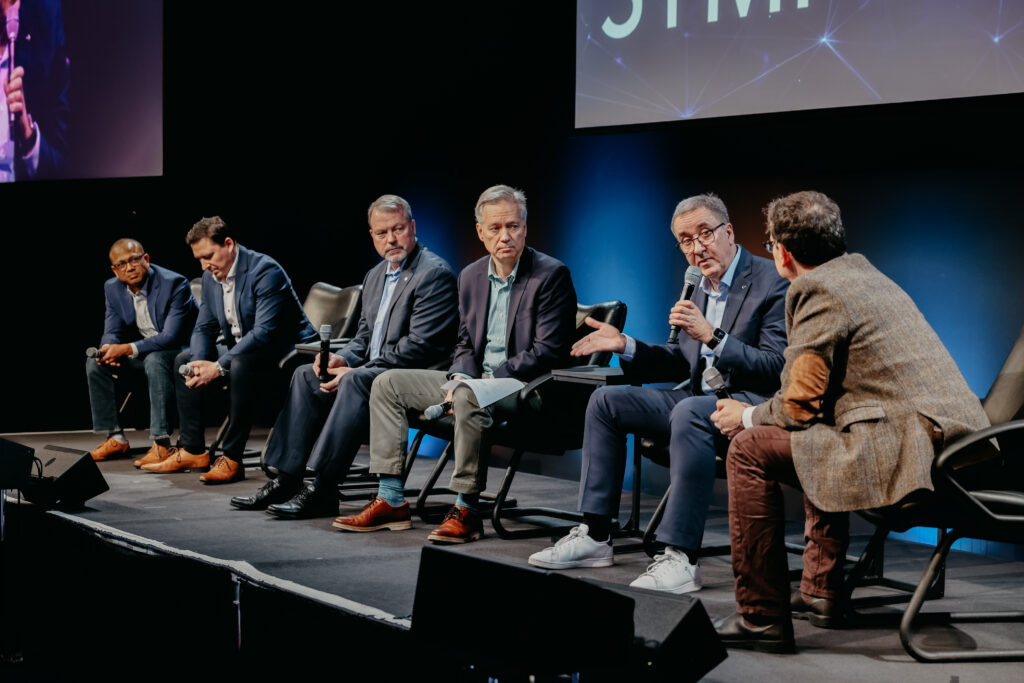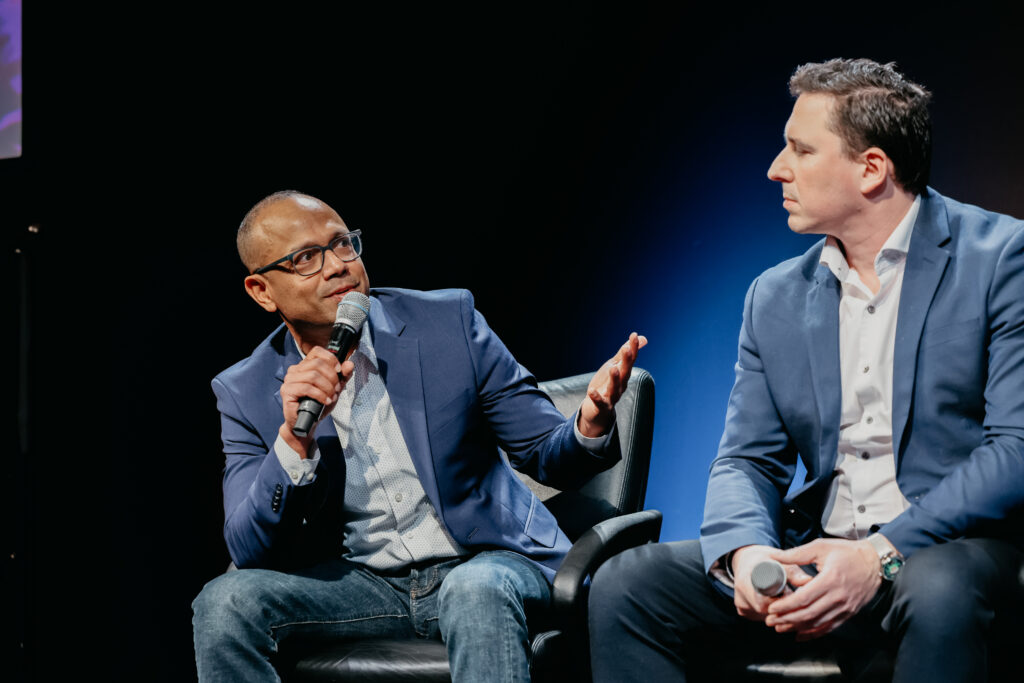By Chris Forrester

Moderator: Noel Rimalovski, MD at GH Partners, brought together a specialised panel at the SmallSat Symposium in Mountain View on February 4 to discuss optical communications. Each and every panelist expressed confidence in the prospects for laser-based connectivity and the needs for high-security was key.
Mr Rimalovski asked his panel ‘why optical’ over and above RF transmission? Ankit Rohatgi, Business Development Director at Swedish Space Corp., said that security and overall high-data capacity was driving demand. It was also worth remembering that on-board processing on a satellite needs resources but this will happen, and then the bigger the need for data to be delivered to the ground.
Robert Conrad, President, Kepler Communications, said it could not be over-stressed the need for super-security of signals and data. He stressed that demand was great but working with vendors to scale up, and yet to maintain quality was sometimes a challenge. The Earth Observation market, for example, generates vast amounts of data. “It is only going to grow, and this included defence, natural disasters, and so forth. And the data is needed immediately.”

Mr Conrad said it was also essential that inter-satellite optical links were readied, from LEO to MEO and GEO as well as to the ground. Smaller optical terminals were also needed, and while already here today it was clear that more progress would be needed. Kepler was involved in space-to-ground as well as aircraft and drone, and sizes were under development for these applications.
Dr. Jordan Vannitsen, Co-founder & CEO at Odysseus Space, said it was almost a ‘chicken and egg’ transition and while nobody expected RF to vanish, far from it, there had to be optical solutions. “RF will be here for years to come, but optical was the future.”
Sven Rettig, CCO at Tesat Spacecom, said that ground-based planning for optical needed sunny spots but it was fairly easy to find solutions which delivered reliability for clients despite potential bad weather. He explained that Tesat had been interested in optical applications since the mid-1990s. We are now producing systems at a rate of one-per-day and are ramping up to a five-per-day output. The demand from the market is way higher than we and even our competitors can handle. We must not forget that optical is creating new applications.
Jeff Huggins, CEO USA at Cailabs, explained that the optical supply industry was a little like very large telescope manufacturing. Look at observatories, he said, where a supplier might build just one giant telescope per year. But asked to scale up, and to build 50 per annum and it is sometimes very difficult not just in components but financing. When you have huge, really huge, pipes of data coming down from space then it is AI that will handle and translate this data.
